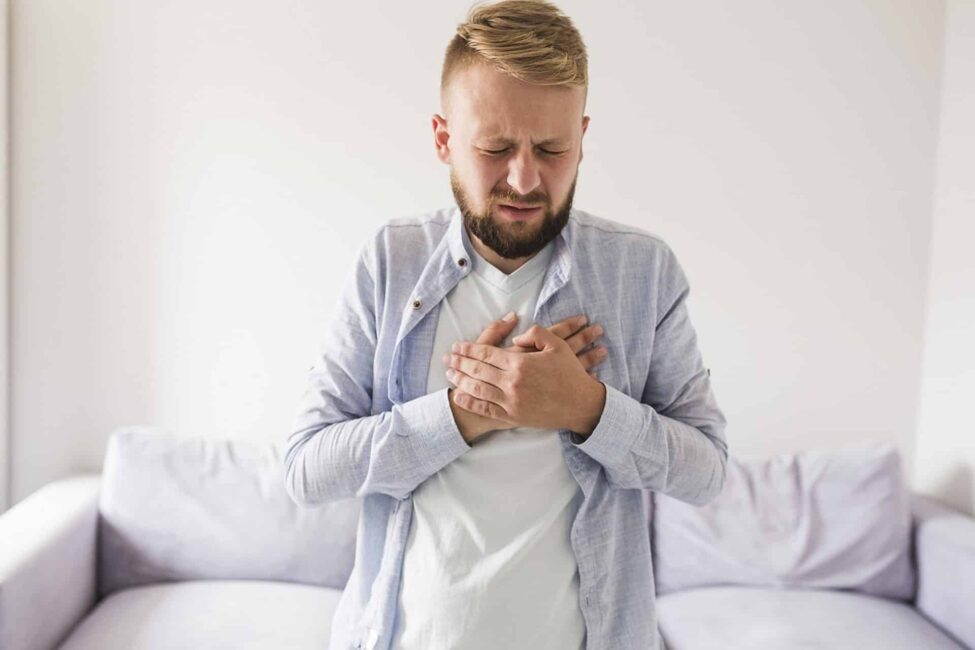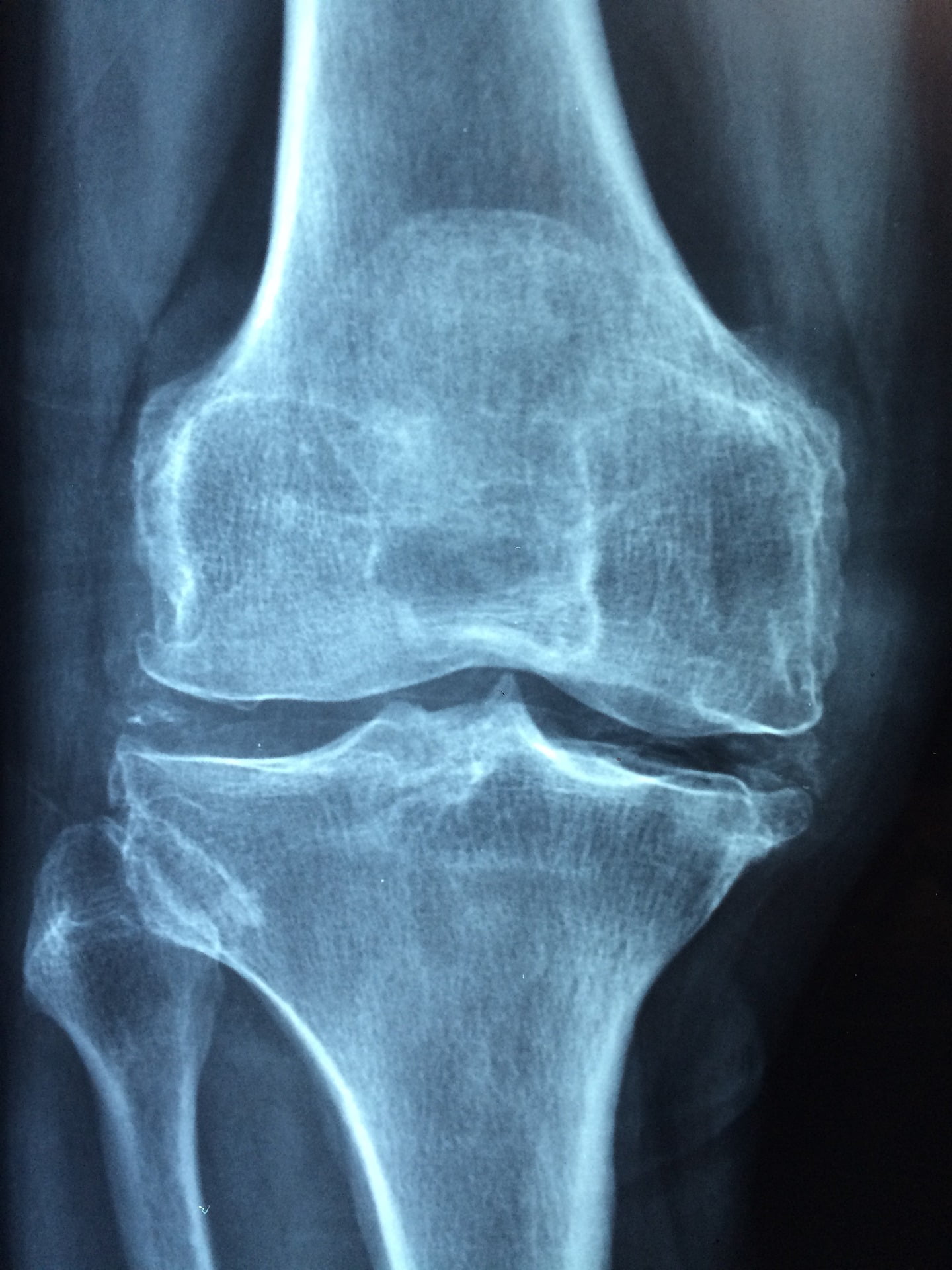Inappropriate sinus tachycardia: symptoms and treatment.
What is inappropriate sinus tachycardia? Sinus tachycardia is a form of supraventricular tachycardia originating from the sinus node. It can be secondary to various physiological or pathophysiological stressors. Inappropriate sinus tachycardia (IAST) is a disease characterized by a persistent increase in resting heart rate or sinus rate in otherwise healthy individuals, which is unrelated to, … Read more


